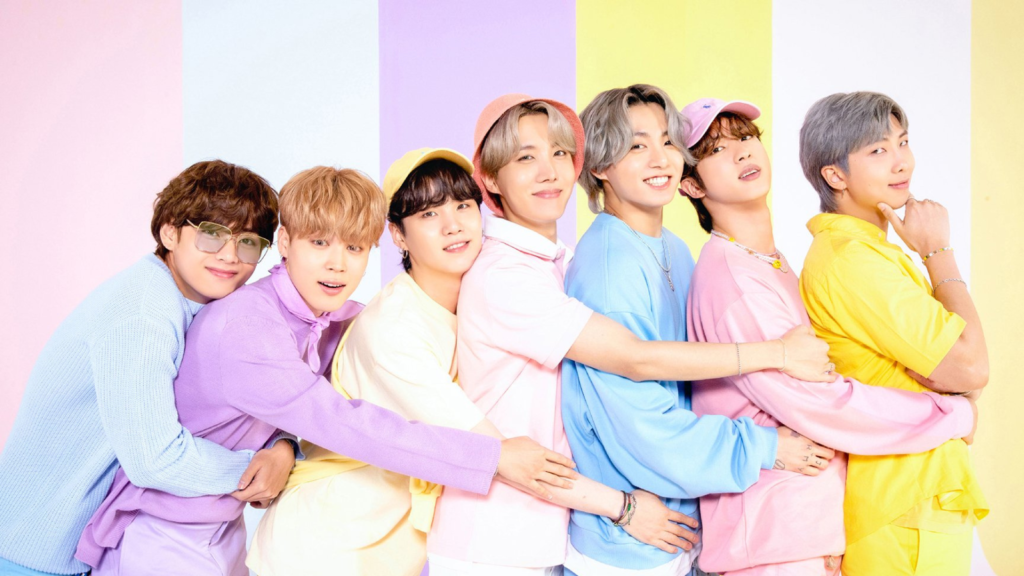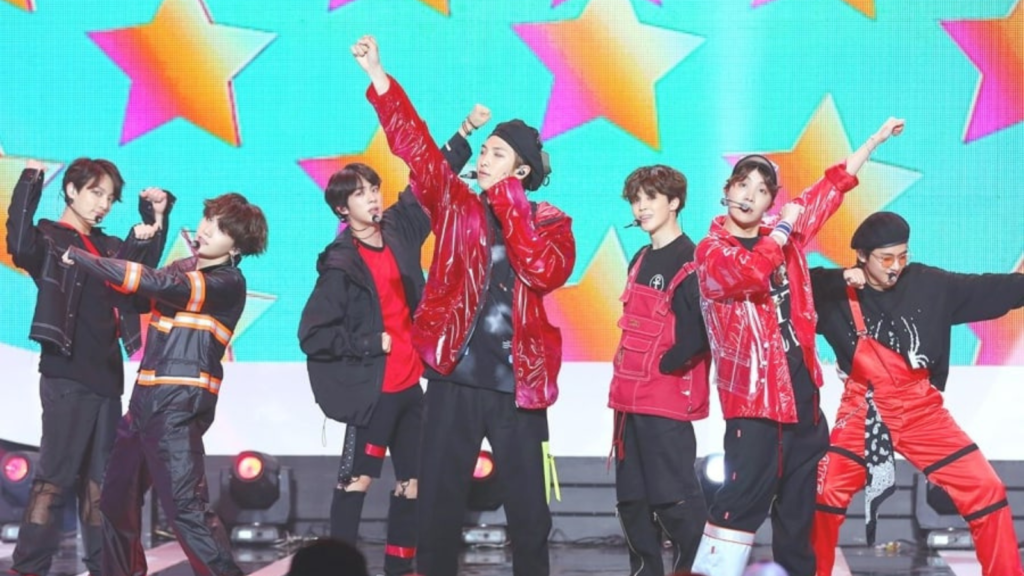The Art of K-Pop Branding: What Makes a Group Stand Out?
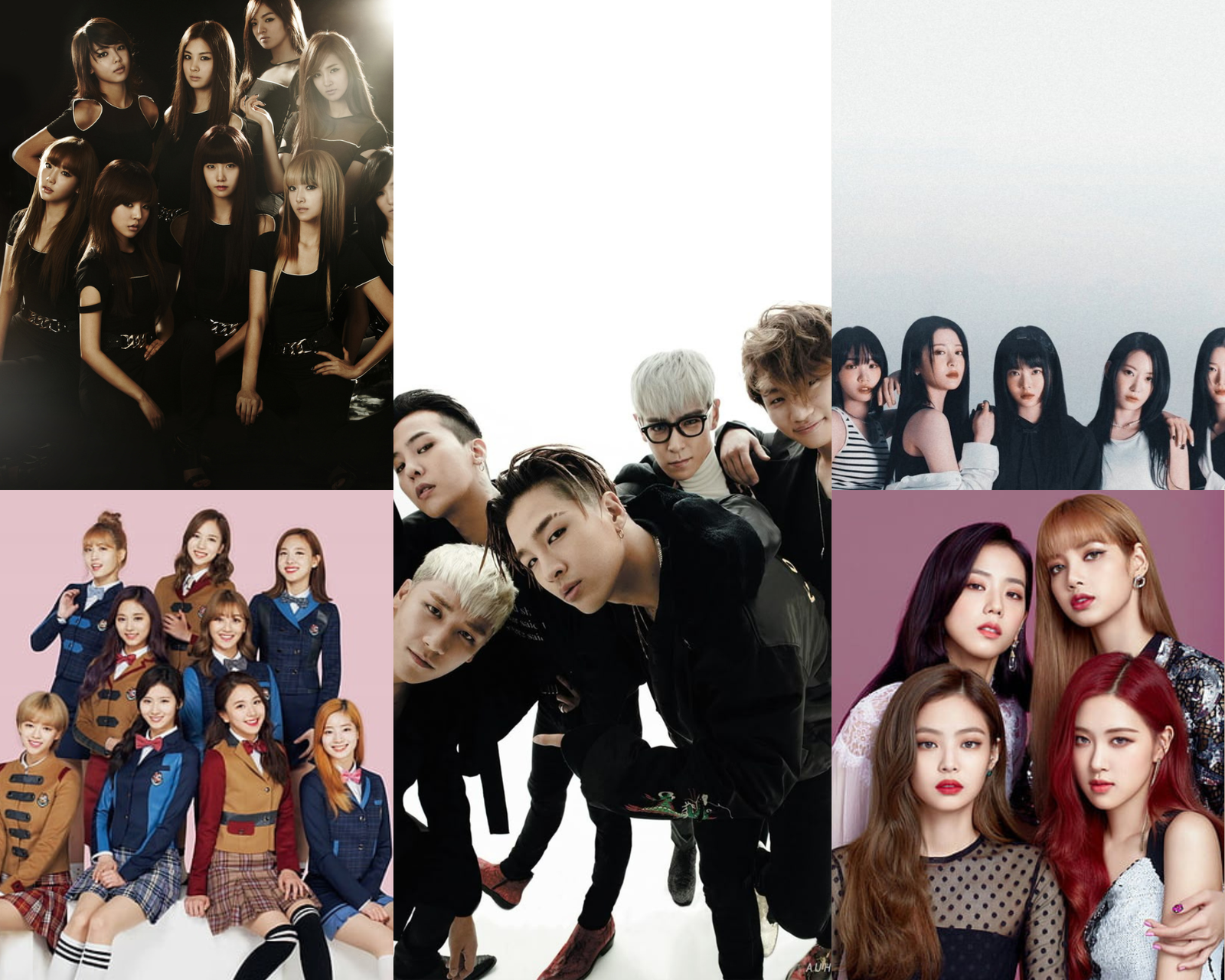
Published February 16, 2025
When it comes to K-pop, every successful group has a distinct concept. While some fans argue that newer girl groups are starting to look too similar, the reality is that great K-pop branding requires meticulous planning. So, how do entertainment companies decide on a group’s identity, and what makes one group different from another?
The Power of a Brand Document
If you’ve ever watched I-Land, you might have seen a glimpse of a “brand document.”

This is essentially a roadmap that defines a group’s unique identity, and it gained wider attention when BELIFT LAB released Enhypen’s branding document in response to plagiarism accusations. Major companies—from K-pop labels like HYBE to TV networks like GMA and ABS-CBN in the Philippines—follow this process to solidify their brand essence before launching a new group or artist.
The first question any company asks is: “How is this group going to be different?” Without a strong answer, the group risks blending into the crowd. This is where marketing principles come into play, particularly the Unique Selling Proposition (USP)—or, in some cases, the single-minded proposition or brand proposition. No matter what you call it, it all boils down to the same thing: what makes this group special?

The Three C’s of K-Pop Branding
To create a solid brand identity, companies analyze three key components:
Competition – Who are the top competitors? If you’re launching a girl group, you’d examine leading groups like BLACKPINK, TWICE, and LE SSERAFIM to understand their strengths and market positioning.
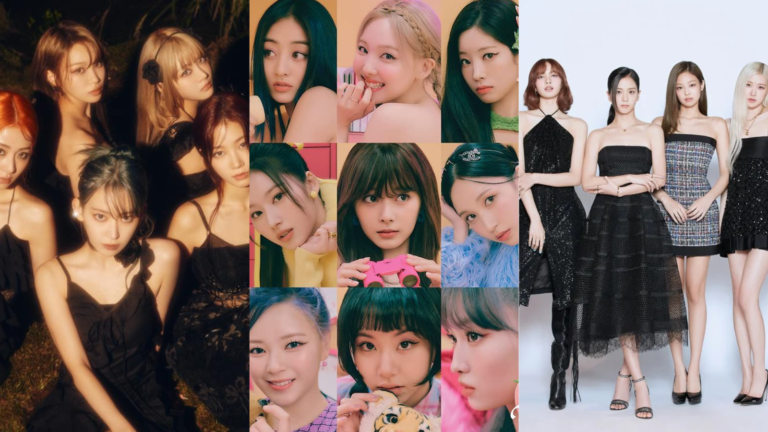
Customer – Who is the target audience? Are they young teens, international fans, or even older demographics like ajummas (middle-aged women)?
Company/Product – What unique traits does this new group bring to the table that set them apart from existing ones?
The intersection of these three factors helps define the group’s unique selling proposition.
What Makes a K-Pop Brand?
Once a group’s core identity is established, companies define its brand promise—what the group offers that no one else does. This is broken down into four key elements:
Brand Value – The core principles the group embodies (e.g., TWICE represents friendliness and charm, while BLACKPINK exudes luxury and exclusivity).
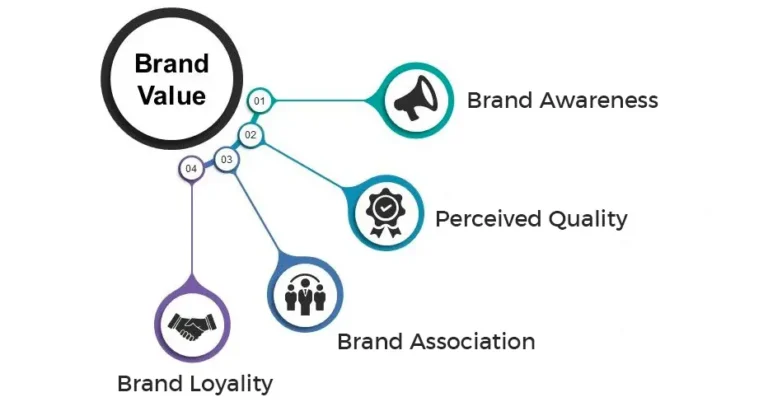
Brand Personality – If the group were a person, what traits would they have? For instance, if TWICE were a person, she might wear natural pink lipstick, have a graceful demeanor, and exude a warm, approachable vibe.
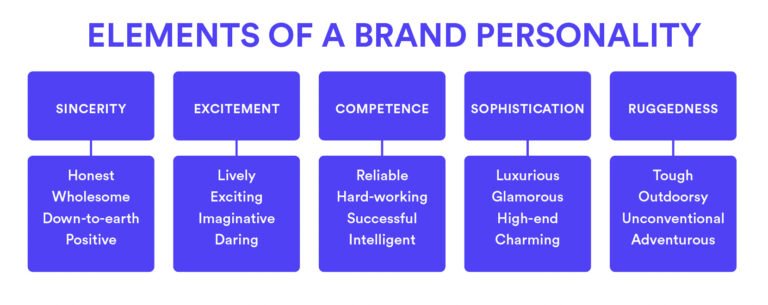
Brand Proposition – The clear reason fans should support this group over another. For example, supporting TWICE might feel like embracing happiness and connection, whereas BLACKPINK represents an aspirational, high-fashion lifestyle.
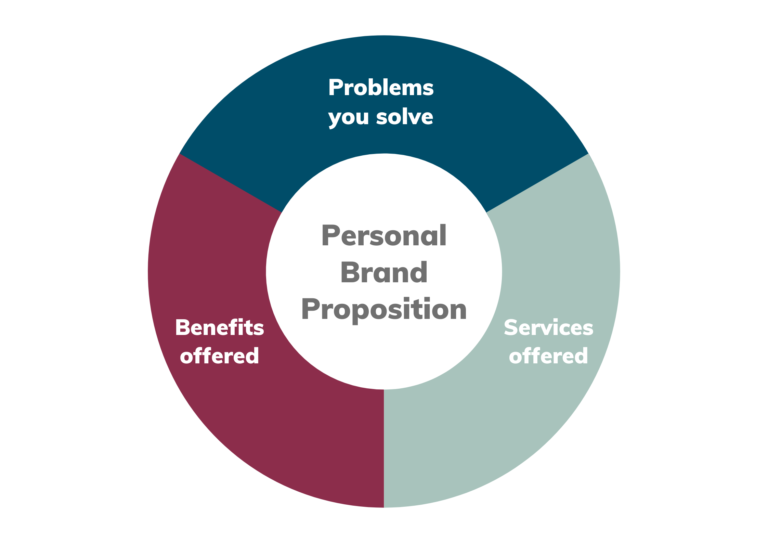
Brand Equity – The tangible and intangible assets that define the brand, including the members themselves, their aesthetic, and their signature style.
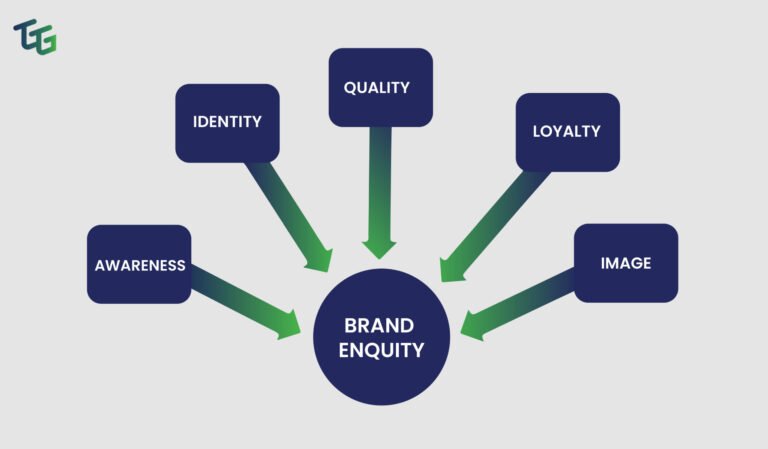
Real-World K-Pop Branding Examples
Each major K-pop group has been carefully crafted with a unique branding strategy:
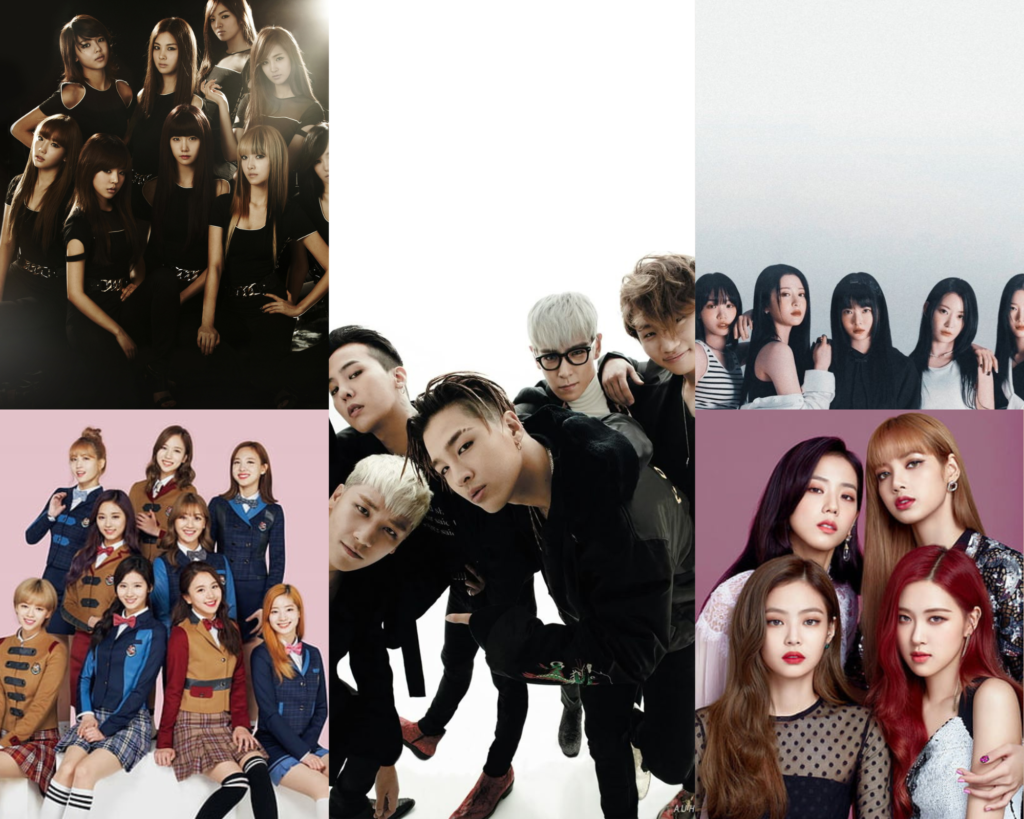
BLACKPINK – “Unreachable glamour.” Their brand revolves around exclusivity, luxury, and power, reinforced by low-angle shots in music videos that make them appear larger than life.
Big Bang – “Artists among idols.” YG Entertainment markets them as true artists rather than just performers, which is why they release music less frequently—quality over quantity.
Girls’ Generation – “The nation’s daughters.” Their image is based on being the ideal role models for young Korean women.
TWICE – “Globalized Korean beauty.” They began as the embodiment of Korean beauty standards but evolved to fit an international audience while maintaining their core charm.
LE SSERAFIM – “Substance beneath the beauty.” While they have a glamorous, catwalk-ready image, their music and messages promote confidence and depth.
The BTS Effect: Redefining Branding
While many K-pop groups follow a structured branding model, BTS has rewritten the playbook. Some argue that in Korea, BTS doesn’t always receive the same level of industry respect as groups like Big Bang. However, much of this perception is shaped by social media, where some companies hire viral marketing firms to influence narratives.
Despite this, BTS has built a global legacy that transcends conventional branding.
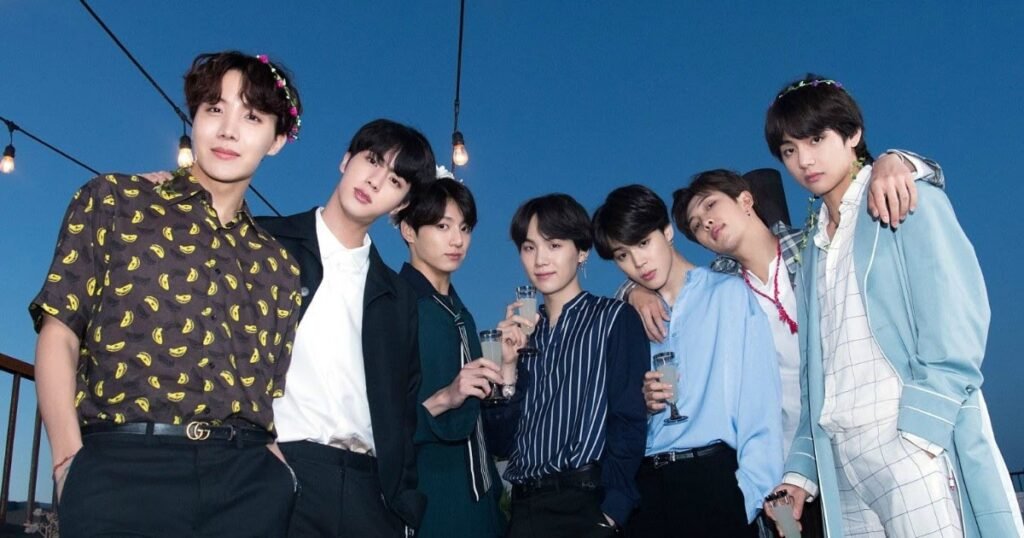
Rather than adhering strictly to a pre-defined concept, their brand evolved organically through storytelling, relatability, and authenticity. Over time, their artistic and commercial impact may be fully recognized, much like The Beatles, who gained even greater respect post-disbandment.
Why Branding Matters
The next time you see a new K-pop group debut, take a moment to analyze their branding. What sets them apart? What are they trying to sell—glamour, relatability, artistry? If they don’t seem unique, it might be due to poor brand positioning.
At the end of the day, K-pop is more than just catchy songs and flashy performances. It’s a masterclass in branding, marketing, and storytelling—all designed to make fans fall in love, not just with the music, but with the entire world a group represents.
